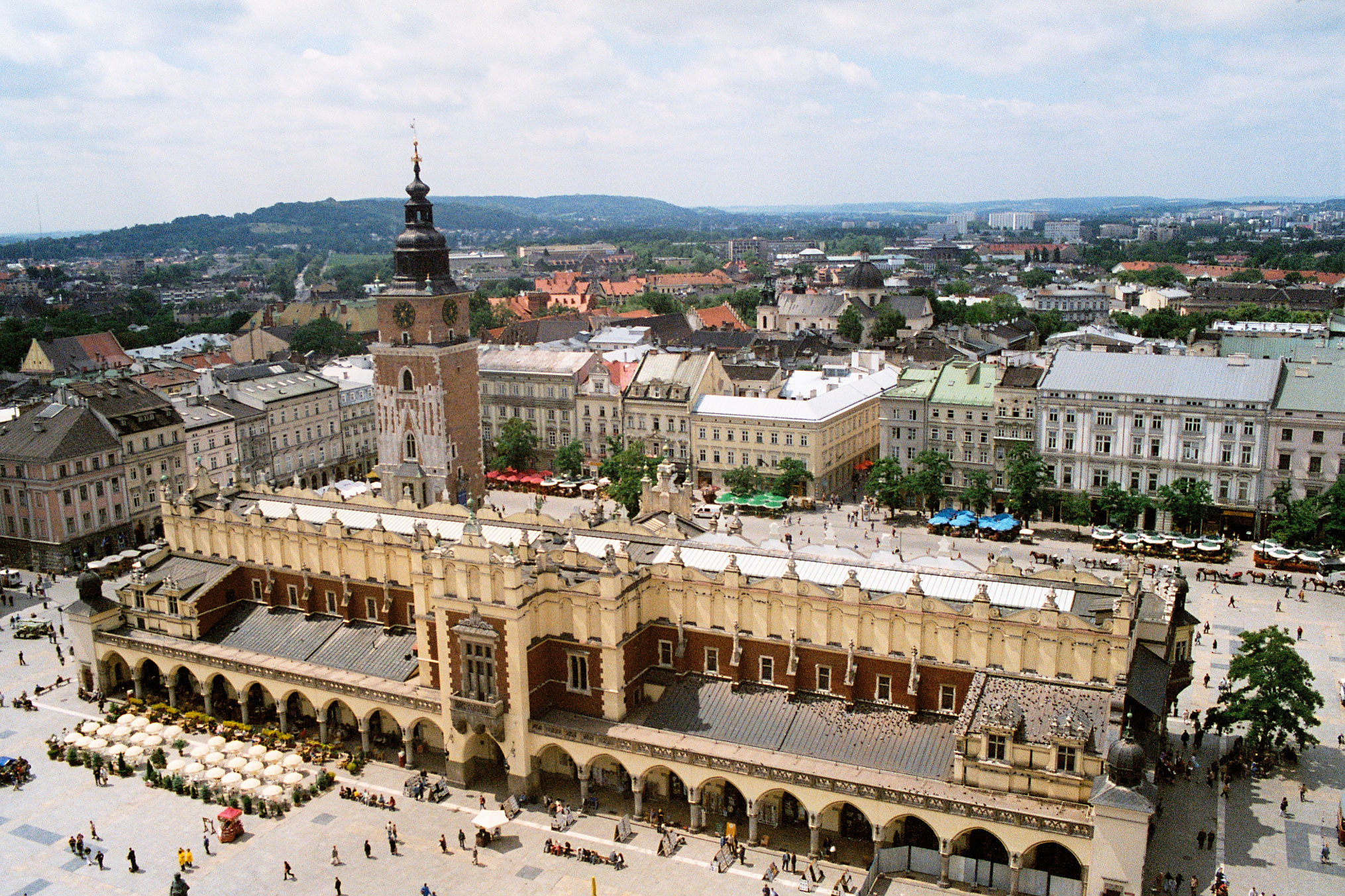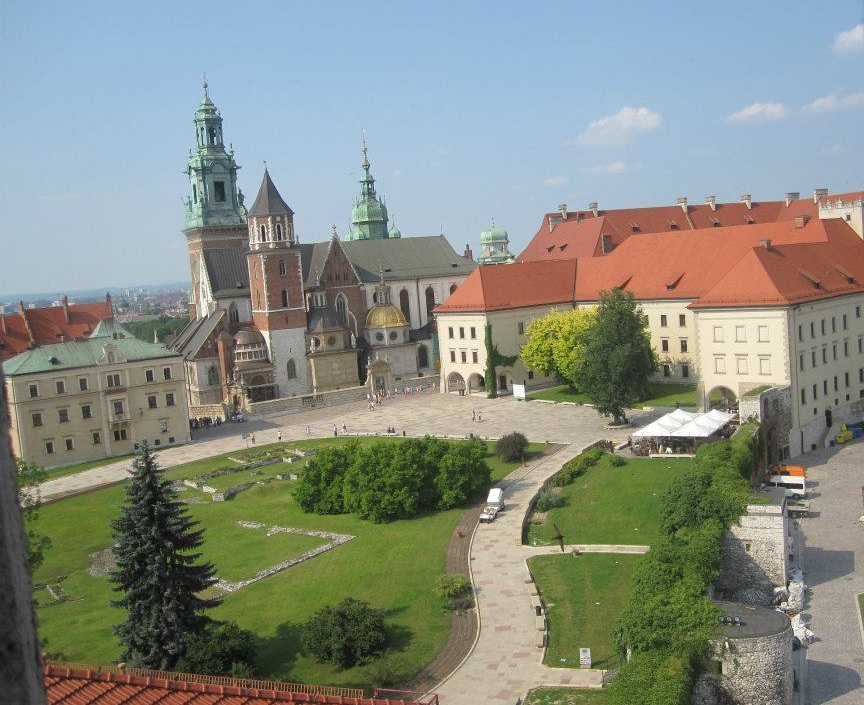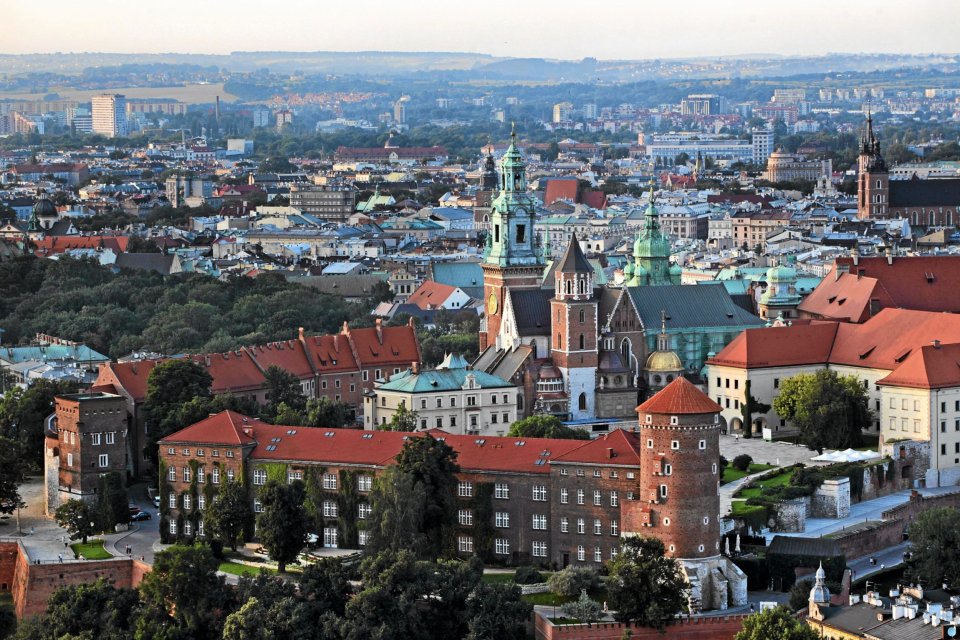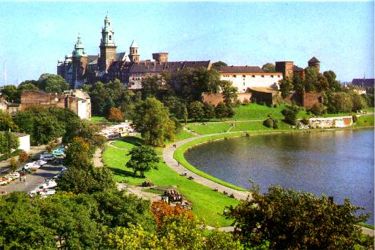Destination Search
Go!
Need some help?
CITY BREAK - WHEELCHAIR ACCESSIBILITY IN KRAKOV






Krakow is Poland's leading tourist destination and is steeped in rich Polish history. With its Old Market Square, Kazimierz - the Jewish District, Wawel Castle and shopping areas - its a place that will keep you busy exploring the sights and delights.
Cafés, shops, and magnificent medieval buildings create a magical experience in the vast Main Market Square, the heart of Krakow’s Old Town. Landmarks around the square include the 500-year-old Cloth Hall, with lively market stalls, and the 14th-century St. Mary’s Basilica, home to the world's largest Gothic altarpiece. Each hour, a bugle call from atop St. Mary’s resounds throughout Old Town.
Tourist attractions of Krakow are mostly situated within walking distance in the Stare Miasto (Old Town) medieval district. It has been largely turned into a pedestrian mall, and generally its streets and squares are fairly level and rather easy to negotiate. Conveniently, the historical quarter also remains the core of today’s city life as Krakow’s administrative center, it’s chief business hub, and the main shopping and entertainment precinct.
As Krakow’s Old Town is peppered with hundreds of restaurants, cafes, and clubs, a good deal of them operates underground, in vast medieval cellars down steep stairs.
An information center for disabled is situated at 94 Krolewska street, open from 11 a.m. to 5 p.m. on weekdays except Mondays.
Facilities for the disabled in Krakow’s buildings
Since the mid-1990s Poland’s building code has required all new public buildings, from office blocks and schools to museums and theaters to shopping centers and housing developments, and their various on-site facilities, to be wheelchair accessible. Refurbishment of older buildings also entails installation of facilities for the disabled. As Krakow is an old city with lots of very old architecture. As with any old city, it will take probably decades before it is made entirely accessible.
Accessible Public transportation
For years the municipal public transport utility has taken care to order new buses and streetcars with low floors, wide doors, and enough free space to accommodate wheelchairs. The replacement of older vehicles is not complete, so sometimes boarding city buses or streetcars requires effort from those bound to the wheelchair, and even some help from fellow passengers. Specialized apated taxis with lifts for wheelchairs are available plus its services are subsidized by the Krakow municipality so the disabled pay only half the regular fare.
Krakow’s Landmarks with Facilities for the Disabled
- The Wawel Royal Castle overlooks Krakow from the top of the Wawel Hill, yet with some effort the rather low elevation can be scaled in a wheelchair by way of both of its ramp-like approach roads (driving a motor vehicle through requires a pass). Entrance to the castle is at the ground level, then the disabled can use an elevator.
- The Wieliczka Salt Mines have been recently made wheelchair accessible after four-year, million-dollar adaptation, complete with elevators, ramps, and toilets. The disabled may tour most popular parts of one of Europe’s prime tourist attractions, together with two of its subterranean lakes, underground churches of St. Kunegunde’s and of the Cross, and the Dwarfs’ Cave.
- Collegium Maius has elevator to its upstairs museum and ramps to toilets.
- The Krakow National Museum’s main gallery at 1, 3 Maja street is outfitted with elevators, ramps, and wheelchair hoists.
- Palace of Bishop of Bishop Erazm Ciolek at 17 Kanonicza street - the Krakow National Museum's branch exhibiting its rich collection of the old Polish art as well as Poland's best collection of the old Orthodox Church art. The splendid Renaissance palace has been thoroughly refurbished and turned into the museum as recently as 2007, with facilities for the disabled added.
- Aviation Museum at 39 Jana Pawla II street has toilets equipped for the handicapped and there are no stairs whatsoever there.
- Museum of Municipal Engineering at 15 Sw. Wawrzynca street boasts wide doors (to toilets as well) and no upstairs exhibitions whatsoever.
- Ethnography Museum at 1 Wolnica Pl. has an elevator and a ramp.
- Gallery of Old Japanese Art in the Manggha Center at 26 Konopnickiej street has ramps and toilets equipped for the disabled.
- Celestat Museum at 16 Lubicz street is wheelchair accessible - ground floor, wide doors and no stairs or thresholds.
- Remembrance Museum at 18 Bohaterow Getta Pl. has its exhibition on the ground floor.
- Young Poland’s Rydlowka Museum at 28 Tetmajera street has entrance ramp and its exhibitions are on the ground floor.
- Zoology Museum at 6 Ingardena street has ramps and elevators